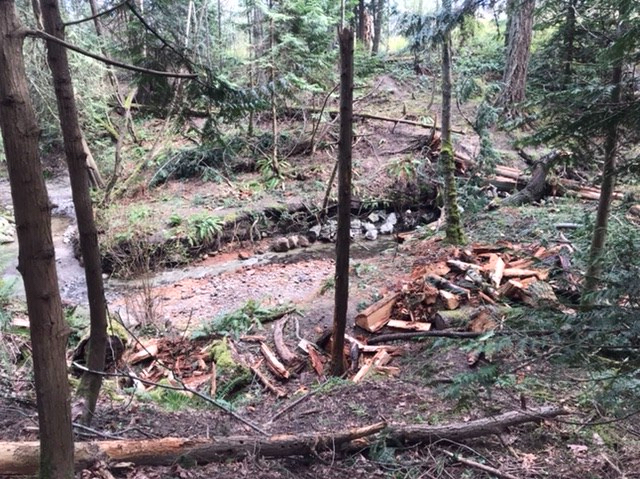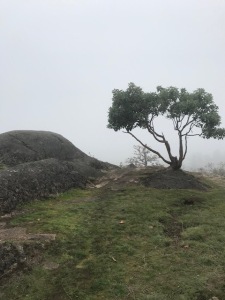It’s been a busy month, setting out to promote my book Sleepers and Ties. After a very rewarding book launch in Victoria at Hey Happy, I was invited to launch my book at McNally Robinson in Saskatoon, Saskatchewan. I was also asked to present my work at a nearby railway station now local library at a wine and cheese fundraiser in Blaine Lake. The event sold out.
I was pretty nervous at the initial launch. What if no one showed up? What if someone threw me off with a random question? Would I blubber my way through my talk? Thirty people showed up at the launch, enthusiastic, supportive, and ready to enjoy themselves. The coffee was ‘the best we’ve ever had,’ and I even got asked to do a second reading from the book. It may seem like it will be easy with friendly faces looking back at you, but in reality the obligation to not disappoint is even greater.
McNally Robinson treats all writers the same whether you are famous or a newbie in the game. They welcomed me with open arms, mounted my book in prominent displays, and said they kept selling out of my book in the ‘prairie writer’ section. Family and friends from various strands of my past attended the reading and presentation, as well as those who just attend launches because they love books and support writers in general. It had long been a dream of mine to have my book at McNally Robinson, so to be invited to speak to the book’s origins and about the story, and then to actually sign books and speak to readers 1:1 was a dream come true.
If you haven’t yet read Sleepers and Ties there are elements of railway history, fact, and folklore both Canadian and British within its pages. To read at a library that was once a railway station is a bit mind-blowing. It felt that any moment a train would whistle past. Everyone was so kind to me, and to the writers who asked questions and shared their thoughts, I hope you will keep writing and carrying on with the research that you so keenly shared.
I’ve also signed books at Munro’s (a staff pick) and Bolen’s Books in Victoria, will be doing so at Tanners in Sidney, if you’d like a signed copy. I’ve also done a couple of Zoom interviews and have a few more book signing events coming up, and will post the links and dates.
It’s a hard row to hoe in Canada to sell your book, where most authors do not have agents or agencies behind them with money for travel, attending readings, money for promotion on websites or in other media. Writers always underestimate the amount of hard work it also takes to spread the word about their book, after they’ve spent years writing the best work they are capable of doing.
Thank you to Lucy E.M. Black, Laura Francis, and Crystal Fletcher for all they do to promote Canadian books and especially new authors.
If you like my book, please share it with others, ask for it at your local bookshop and library, and if you are on Goodreads or any other book review site, please post a review.
Thank you to everyone who has bought and read my book, and to those who continue to support the work I love to do. I’m looking forward to meeting my future readers.



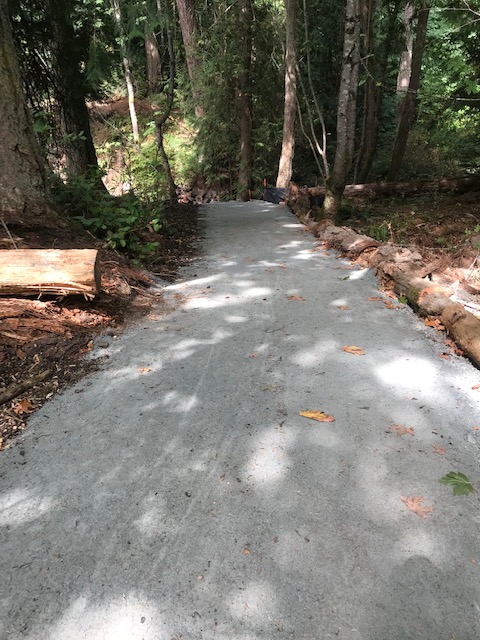


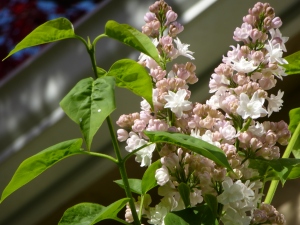
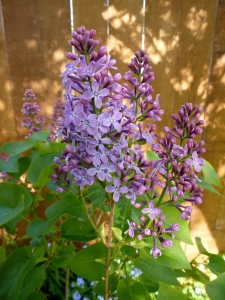
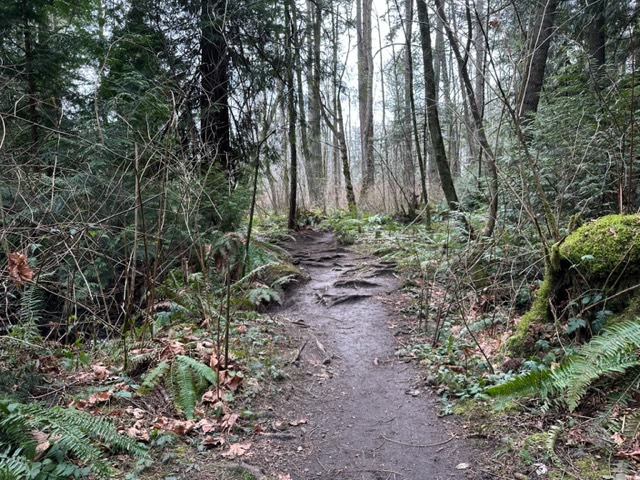
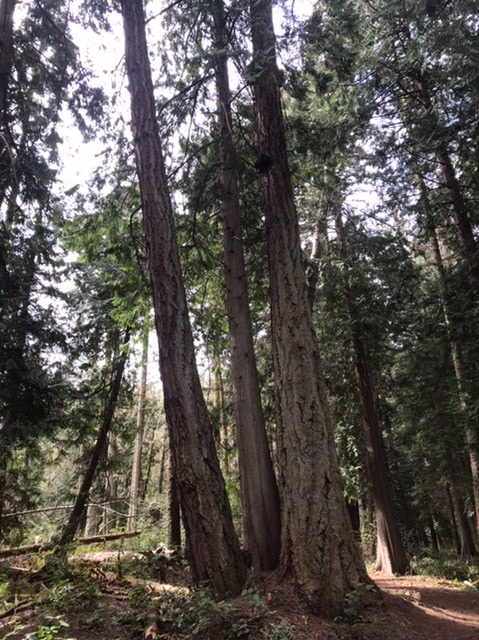 Login today and I can’t believe I haven’t posted anything in this long. I’m still visiting the forest, more so lately, and the writing continues, less so in the last few life-changing weeks.
Login today and I can’t believe I haven’t posted anything in this long. I’m still visiting the forest, more so lately, and the writing continues, less so in the last few life-changing weeks.